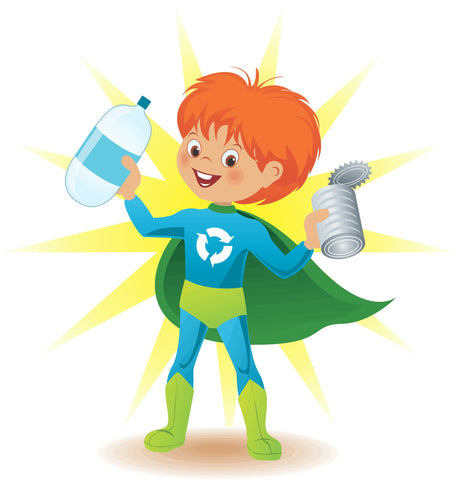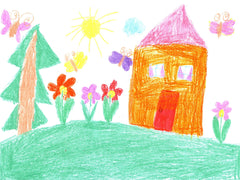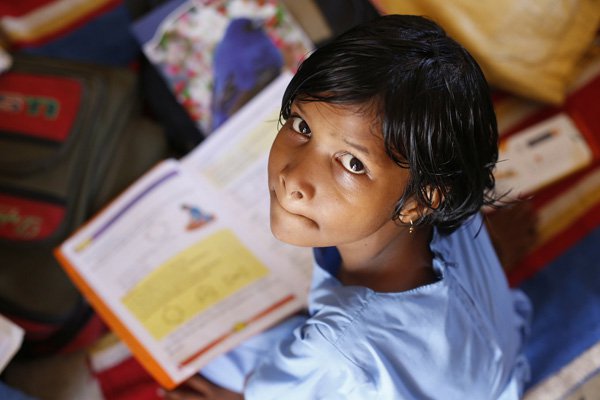

Obviously, there is no bad time to get your kids thinking about the environment, but summer just seems to be the best time, as everything is green and in bloom. More people are outside and kids just have that itch to go explore the great outdoors.
That’s why summer is the best time of year to get your kids not only thinking about how they can help the environment, but actually get them helping the environment.
Here are 3 ways to turn your child into an eco-hero!
Educate Them
Kids don’t just automatically know they should be eco-friendly, just like they don’t automatically know that a hot oven can burn them. They have to learn. Fortunately, there are a lot of great resources for parents to help teach kids the importance of being green.
Here are just two examples of the many resources available for parents:
The Everything Kids’ Environment Book – This guidebook teaches children how to become actively involved in environmentalism at home, school or even at play. It’s full of great advice and easy activities for kids.
EekoWorld – Aimed at six to nine year olds, EekoWorld (Environmental Education for Kids Online) is a website meant to teach children about the environment and the ways it’s impacted by humans. The kid-friendly site also teaches them how they can help minimize negative impacts on the environment.
Turn Your Home into a Conservation Project
 Since learning starts at home, why not turn your home into a conservation project for your kids? Run your household like it’s your own fragile, little planet.
Since learning starts at home, why not turn your home into a conservation project for your kids? Run your household like it’s your own fragile, little planet.
Start small and place a recycling bin in your child’s room for discarded paper. Explain what can and can’t go into it and why. Don’t forget to put recycling bins in the rest of your house, too!
For older children, you can create a monthly chart to compare the current year with the previous year. Each time the monthly utility bills come, review them and compare the costs on the chart to the same month last year to see if you’re using more, less or the same amount to run your household.
Then, brainstorm ideas to help lower the monthly utility bills and use less energy so as a family you can beat last year’s bills.
Participate in Citizen Science Projects
Do you know what citizen science projects are? They’re projects where average, everyday citizens help the scientific community by collecting data and research.
Three examples:
 Project Noah: A phone app and website to help people identify the various plant and animal species around them, Project Noah lets anyone upload photos of plants and animals in their area. This creates a virtual map of where these plants and animals are located and contributes to actual scientific research. People can even get help identifying plants and animals they’re unsure of thanks to Project Noah’s online community.
Project Noah: A phone app and website to help people identify the various plant and animal species around them, Project Noah lets anyone upload photos of plants and animals in their area. This creates a virtual map of where these plants and animals are located and contributes to actual scientific research. People can even get help identifying plants and animals they’re unsure of thanks to Project Noah’s online community.
Christmas Bird Count: The oldest citizen science project, the annual Christmas Bird Count helps scientists monitor bird populations and fosters conservation in young and old alike.
World Water Monitoring Day: Helping to keep track of how the world’s waterways are doing, World Water Monitoring Day encourages citizens to test their own local waterways. You can sign up and get a test kit and instructions easily at the site.
Children who connect with nature are more likely to be conscious of the environment and their impact on it as they grow up. You can get them started early by using Click-A-Brick sets to help cultivate an interest in conservation.
The Feather Friends, Animal Kingdom, Bug’s Life, Sandy Sidekicks and Rainforest Rascals playsets are a great way to introduce children to the wonders of the natural world and get them excited about conservation. Have them build the animals in the sets and then talk to them about what they are, where they live and why they’re important to the Earth.
Your child will be an eco super hero in no time!







